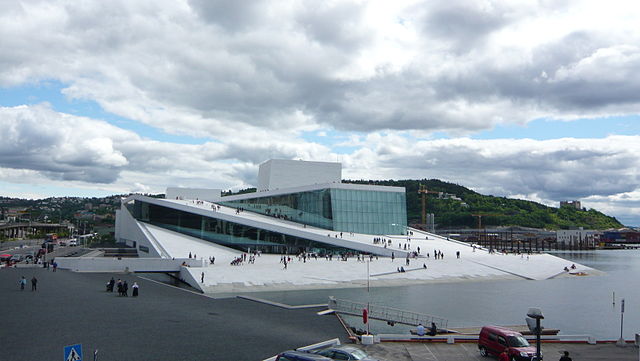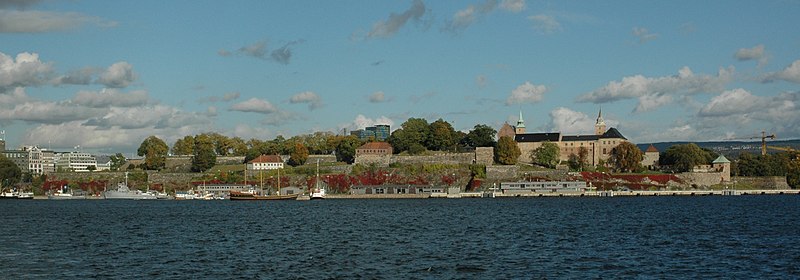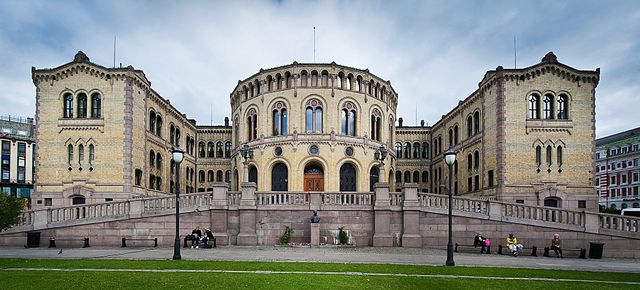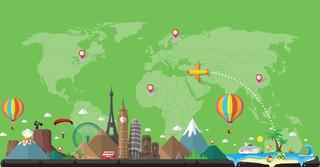As the capital of Norway, Oslo is the country's governmental and economic engine. The city is also a hub of Norwegian trade, banking, shipping and transportation. It has some of northern Europe's finest museums. Despite its cold winters, the city in summer times is fun, there are many parks that offer hiking trails. Oslo was destroyed by fire several times over the course of its history. Today it is one of the most expensive cities in the world.
Oslo
Frogner Park contains, in its present centre, the well-known Vigeland installation, a permanent sculpture installation created by Gustav Vigeland between the 1920s and 1943. Frogner Park is the largest park in the city, covers 45 hectares, and the sculpture installation is the world's largest sculpture park made by a single artist. Frogner Park is one the most popular tourist attractions of Norway.
Oslo
Oslo City Hall (Norwegian: Oslo radhus) houses the city council, city administration, and art studios and galleries. The construction started in 1931, but was paused by the outbreak of World War II, before the official inauguration in 1950. Its characteristic architecture, artworks and the Nobel Peace Prize ceremony, held on 10 December, makes it one of Oslo's most famous buildings.
The National Museum of Art, Architecture and Design is the national museum of art of Norway. The muneum was established on 1 July 2003 through a merger of the Norwegian Museum of Architecture, the Museum of Decorative Arts and Design, the Museum of Contemporary Art, the National Gallery of Norway, and the National Touring Exhibitions.




























